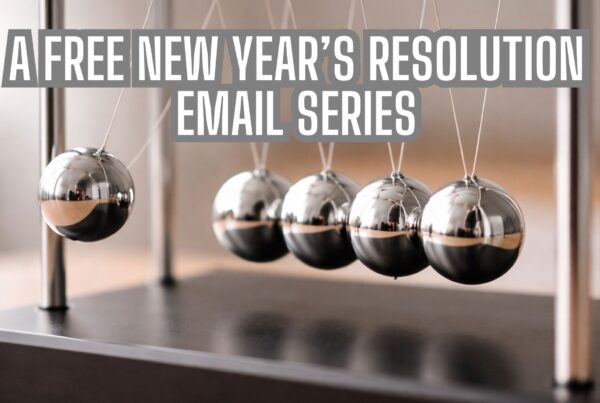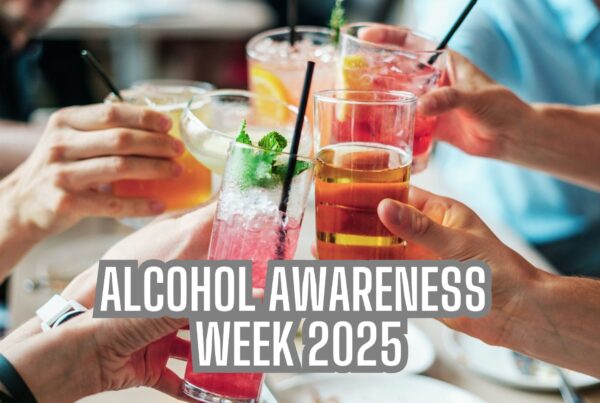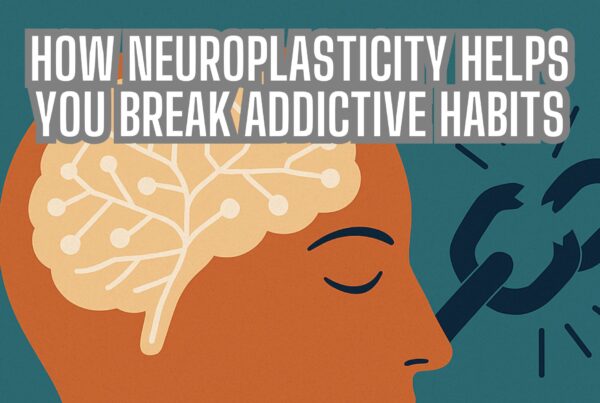Navigating Experiential Avoidance: A Look at Escape Mechanisms
We’ve all had moments where we’ve wanted to run away from our feelings, thoughts, or memories. It’s that urge to change the channel in our minds when an uncomfortable thought surfaces or the instinct to push away a painful emotion. This inner escape mechanism, known as “experiential avoidance,” is a fascinating aspect of human psychology. While it’s a natural response designed to protect us, it can sometimes lead us down paths we never intended to tread. Let’s embark on a journey to understand experiential avoidance, its nuances, and its impact on our lives.
What is Experiential Avoidance?
Experiential avoidance is the phenomenon where individuals unconsciously try to avoid or escape from certain internal experiences, such as emotions, thoughts, or memories. It’s a natural human tendency. Think about it; who hasn’t tried to push away a painful memory or distract themselves from a nagging feeling? It’s neither inherently good nor bad. It’s simply a coping mechanism.
Our unconscious mind has two main tasks; to keep us safe and to provide us with pleasure. When faced with uncomfortable thoughts, feelings, and emotions, our unconscious will naturally kick in whatever it knows to help change that state so that we go from discomfort to comfort. This is ‘experiential avoidance’.
The Double-Edged Sword of Avoidance
While experiential avoidance can offer temporary relief, an over-reliance on this behavior can become problematic. When used excessively, it can pave the way for negative and even destructive habitual behaviors. For instance, someone might turn to alcohol or drugs to numb their feelings, leading to addiction. Others might engage in compulsive behaviors, like overeating or excessive shopping, to escape their internal discomfort. Over time, these behaviors, initially seen as solutions, can become significant problems in themselves.
In session, clients may sometimes reply that they don’t have uncomfortable thoughts or feelings to trigger their experiential avoidance. I often simply reply with, ‘how are you with boredom?’ In this day and age of instant gratification, many have become unable to handle boredom and this alone may trigger experiential avoidance.
The Balance of Embracing and Letting Go
It’s essential to recognize that not all avoidance is harmful. Sometimes, taking a break from a distressing emotion or thought can be therapeutic. I’ve often joked with a client that, at the end of a stressful week, I may go home and pour myself a ‘glass of experiential avoidance’. The key lies in balance. By understanding when avoidance is beneficial and when it’s detrimental, one can navigate experiential avoidance more effectively.
Practical Tips for Navigating Experiential Avoidance
- Mindfulness Practice: Engaging in mindfulness exercises can help individuals become more aware of their emotions and thoughts. By observing without judgment, one can recognize when they’re slipping into avoidance patterns.
- Seek Professional Help: A trained therapist or counselor can provide guidance and strategies to address experiential avoidance. They can offer a safe space to explore and process challenging emotions.
- Engage in Healthy Distractions: Instead of turning to harmful habits, find healthy distractions like reading, walking, or engaging in a hobby. These can provide a break without leading to negative consequences.
- Journaling: Writing down feelings and thoughts can be a therapeutic way to process and understand them. It offers a way to confront rather than avoid.
Navigating experiential avoidance is a journey, one that requires self-awareness, understanding, and the right tools. By recognizing the patterns and seeking the right support, it’s entirely possible to find a balance that promotes well-being and growth.
Release Hypnosis Melbourne Hypnotherapy
Since 2015, Lawrence Akers has been working under the name Release Hypnosis offering Hypnotherapy and ACT based work to the people of Melbourne or an online service. Based on St Kilda Rd, Release Hypnosis is an easy and convenient location to get to and accessible by the ANZAC station train and tram stop. Release Hypnosis can help with a wide range of presenting issues, and I offer a free 30 minute no obligation discovery call for those who are unsure if hypnotherapy is the right way forward for them.
Book Your FREE 30 Minute Consultation With Release Hypnosis NOW!
You may also like to read:
Discovering Purpose and Values: A Path to Mental Well-being
Can’t Visualise in Hypnosis? Here’s What You Can Do Instead.
Dealing with Financial Stress and Crisis: Finding Peace Amid Turbulence
What Is The Success Rate of Hypnosis?
Release Hypnosis Melbourne Hypnotherapy is accessible for people in: Abbotsford, Armadale, Albert Park, Balwyn, Bentleigh, Black Rock, Box Hill, Brighton, Brunswick, Bulleen, Bundoora, Camberwell, Canterbury, Carnegie, Caulfield, Chadstone, Cheltenham, Clayton, Coburg, Collingwood, Deer Park, Doncaster, Elsternwick, Eltham, Elwood, Epping, Essendon, Fairfield, Fitzroy, Footscray, Glen Iris, Glen Waverley, Glenhuntly, Greensborough, Hampton, Hawthorn, Heidelberg, Highet, Ivanhoe, Kew, Kooyong, Lalor, Laverton, Lower, Plenty, Macleod, Malvern, Middle Park, Moonee Ponds, Melbourne, Moorabbin, Mount Waverley, Murrumbeena, Northcote, Oakleigh, Ormond, Parkville, Pascoe Vale, Port Melbourne, Prahran, Preston, Richmond, Rosana, Sandringham, South Yarra, South Melbourne, Spotswood, St Albans, St Kilda, Surrey Hills, Templestowe, Thornbury, Toorak, Tullamarine, Williamstown, Yarraville, North Melbourne, Windsor, East Melbourne, Melbourne, Melbourne CBD, Melbourne 3004








